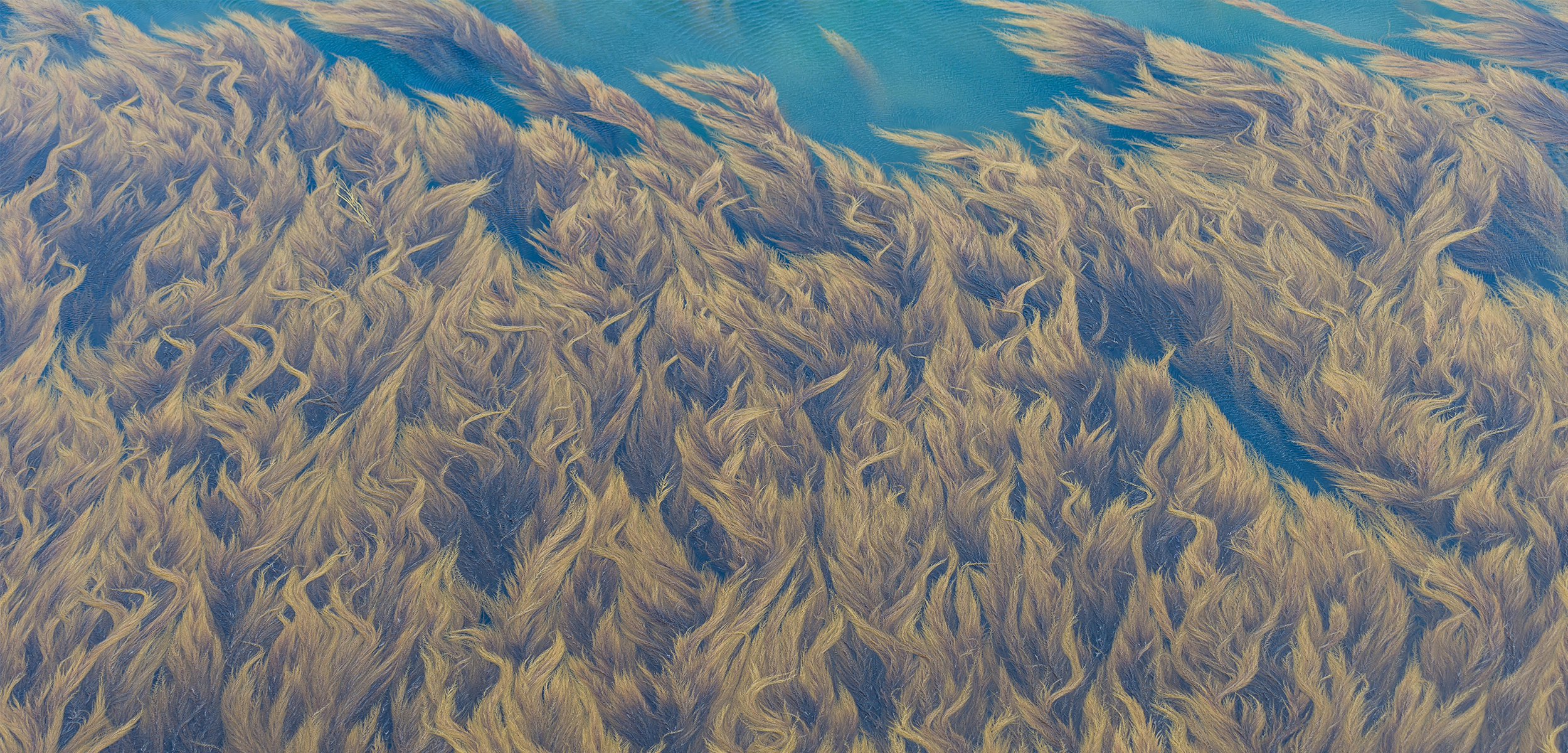What the Heck Is Seaweed Mining?
Preliminary research suggests seaweed can trap and store valuable minerals. Is this the beginning of a new type of mining?
Article body copy
Seaweed is versatile; it provides habitat for marine life, shelters coastlines, and absorbs carbon dioxide. But in the United States, scientists are setting out to see whether seaweed has another particularly valuable trick hidden up its proverbial sleeve: to act as a salty, slimy source of precious minerals.
Within the US Department of Energy is the Advanced Research Projects Agency-Energy (ARPA-E), a scientific branch devoted to tackling challenging, high-risk projects on energy technologies. ARPA-E takes big swings and looks for big rewards. And so far, the agency has awarded US $5-million to three ventures investigating whether seaweed can serve as a practical source of critical materials, such as platinum and rhodium, as well as rare earth elements, including neodymium, lanthanum, yttrium, and dysprosium.
These valuable elements, which can be captured and concentrated by seaweed, are essential to the green energy transition—and to technology more broadly. Seaweed could represent an alternative to conventional mining and other prospects, such as deep-sea mining.
“There are a lot of complexities in the entire process, and that’s why it’s in the category of ‘very exploratory,’” says Schery Umanzor, a seaweed expert at the University of Alaska Fairbanks and a lead researcher on one of the projects funded by ARPA-E. “The chances of success are low. But if we succeed, then the implications are huge.”
Two key principles underlie this research, Umanzor says. For one, seaweed grows quickly and sucks minerals out of the water to do so. For two, seaweed’s cell walls are structured from sulfated polysaccharides—compounds made of long chains of sugar molecules. Sulfated polysaccharides are negatively charged, meaning they attract positively charged minerals floating nearby. “It’s pure chemistry,” Umanzor says. “Positive with negative, and then it just collects.”
Several years ago, Scott Edmundson, at the US Department of Energy’s Pacific Northwest National Laboratory (PNNL) in Washington State, began digging into whether seaweed could store valuable minerals. He’d come across a paper describing how rare earth elements were accumulating in seaweed in polluted areas along Morocco’s Atlantic coast and was struck by the potential.
Reading about seaweed’s natural propensity to sieve minerals from seawater sparked a “wacky idea” to test how far the process could go, Edmundson says. So he and other PNNL scientists ran an experiment to see if they could deliberately grow seaweed to take up minerals. The project—which was also funded by ARPA-E—finished last year, though they’re continuing to dig into the topic. So far, the team’s work suggests that seaweed can be processed to produce a carbon-rich component used in concrete or biofuel manufacturing and a second mineral component containing elements such as phosphorus.
There are a lot of unknowns, says Edmundson. Different seaweeds appear to have distinct mechanisms for getting minerals out of seawater and unique ways of incorporating or concentrating them in their tissues. “There’s layers upon layers of variability that are unclear at the moment,” he adds.
Underpinning all of this research are important, unanswered questions, including why seaweed absorbs these minerals at all, whether it can do so in concentrations high enough to be useful, and whether the elements can be pulled out in a financially viable way.
The key to making all this work, says Umanzor, is figuring out how to extract metals and rare earth elements from seaweed without destroying it. For seaweed mining to make financial sense, the process needs to leave the algae in good-enough condition to still be used for other applications, including as fuel, food, or a component in bioplastic production.
Another crucial piece of the puzzle is finding the right spot to grow the seaweed. Despite their name, rare earth elements are not all that rare. These and other critical minerals are present throughout the ocean in tiny amounts. Yet there are areas where they likely exist in higher concentrations—like downstream from large deposits on land. That’s why Umanzor and her collaborators are examining if rare earth elements are sloughing off Bokan Mountain in southeast Alaska and ending up in the ocean, and whether growing seaweed in a nearby bay can snag what runs off. Bokan Mountain is being considered for conventional mining, but if it works, seaweed extraction could offer a more sustainable alternative.
Susete Pintéus, a marine biologist at the Polytechnic Institute of Leiria in Portugal, coauthored a 2022 review paper on seaweed’s role in the green energy transition. She says seaweed extraction alone—if it works—cannot completely eliminate conventional mining for these metals because the demand is so great. “[Seaweeds] can contribute,” she says, “but they will not solve the problem themselves.”
Even though seaweed collection can’t fully replace mining, Umanzor says that by extracting materials as they leach naturally out of the land—as they might on Bokan Mountain—algal mining offers a way to scoop up minerals that were going to be lost to the sea.
Umanzor never imagined that the humble seaweed could become a vessel to capture valuable materials. But in this role, it might support a more sustainable future.
“Metals have to come from somewhere, and extracting them is very destructive,” she says. “It’s worth exploring other possibilities that align more with our ideas of a greener world—or a bluer world.”

